Reviewed by: Jame Jimenez
The iPhone landscape is shifting in interesting ways this week, a mix of Apple’s appetite for new ideas and a clear-eyed read of what customers are actually buying. A surprise fashion collaboration sold out in a flash, while a high-profile delay is nudging Apple to rethink its iPhone cadence. Busy week, big signals.
What stands out is the range. The iPhone Pocket’s instant traction shows Apple can spark desire with the right partnership. The iPhone Air delays show a willingness to pivot when the market shrugs. Two moves, one message.
What makes the iPhone Pocket so compelling?
Apple teamed up with ISSEY MIYAKE to create something genuinely unique. This is not just another accessory launch; it reimagines how you carry a phone. The 3D-knitted sleeve fully encloses an iPhone, yet the stretchy textile lets you peek at the display. It feels like a ribbed knit that hugs the device, then gives, so that you can glance and go—functional, a little playful, and very Apple.
The lineup is dialed in. The short strap model offers eight punchy colors, lemon, mandarin, purple, pink, peacock, sapphire, cinnamon, and black, for $149.95, according to MacRumors. Prefer more ways to wear it? The long strap version lands in sapphire, cinnamon, and black at $229.95. Pick it up, clip it on, or sling it crossbody.
Function mirrors fashion here. Apple credits a "singular 3D-knitted construction" inspired by ISSEY MIYAKE’s pleated classics, so the ribbed, elastic textile can shut tight around the phone, then stretch to reveal the display. Carry it by hand, clip it to a bag, or wear it crossbody. Quick switch, zero fuss. No zippers, no flaps, no lecture on minimalism needed.
The response says it all. The iPhone Pocket is already completely sold out in the United States, and it is disappearing fast elsewhere. A clean sellout, and a clear signal that people want utility with style, not just another case.
Why is the iPhone Air 2 facing delays?
The iPhone Air underperformed compared to Apple’s projections, and the ripple effects are big. Reports point to disappointing sales since its September debut and major production cuts, a sign that the positioning did not land, as The Information reveals.
Price did the Air no favors. At $999, it sits right next to the $1,099 iPhone 17 Pro, according to Tom’s Guide. With a single camera and a smaller battery versus a Pro’s triple-camera system and stronger battery life, the value gap felt too small. Why not spend a bit more for a lot more phone?
Manufacturing partners reacted quickly. Foxconn dismantled most iPhone Air production lines and plans to halt the rest by month’s end, while Luxshare wrapped its run in October. The Information reports that Apple removed the planned product from its schedule without a new date, which they call rare, if not unprecedented.
Then there are the compromises. The single camera, plus heat concerns in that ultra-thin 5.6 mm frame, pushed trade-offs into deal-breaker territory at a premium price. Thin, yes. But at what cost?
What’s next for Apple’s iPhone strategy?
Apple is not just delaying, it is reworking the playbook. Engineers are exploring a second camera to address the top complaints, 9to5Mac reveals. The redesign could target spring 2027 alongside iPhone 18 and iPhone 18e, a notable change in how Apple spaces its launches.
The calendar is shifting, too. Fall 2026 now centers on iPhone 18 Pro models and the iPhone Fold, according to MacRumors analysis. Think two-part rhythm instead of one big September wave, Pro in fall, standard in spring. A split season, more breathing room.
There is a broader lesson here. Apple’s experiments with a fourth iPhone tier, mini, Plus, then Air, have struggled to find steady demand. Most buyers want a clean choice between standard and Pro, not a middle child that trims core features.
Looking ahead, Apple still aims for a big swing. The 2027 iPhone 19 lineup is expected to bring what Apple calls a "bold redesign" for the iPhone’s 20th anniversary, MacRumors’ roadmap analysis suggests a true edge-to-edge display without notches or cutouts. A proper full-face screen, the kind you sketch on a napkin.
Where does this leave Apple’s innovation trajectory?
The picture is clearer than it looks. The iPhone Pocket’s rapid sellout, documented here, shows Apple can still tap that mix of utility and design that makes people hit Buy Now. It is fashion and function, not fashion or function.
The ISSEY MIYAKE partnership hints at a wider lane for Apple. Collaborations outside tech, fashion in this case, can extend the brand into new spaces while keeping the design DNA intact. That is fertile ground.
The iPhone Air delays read as pragmatism, not retreat. Apple is redesigning rather than scrapping the concept, a bet that ultra-thin still has legs once the feature mix lands. As The Information indicates, reshuffling the schedule this much shows real flexibility and a willingness to say, "We misread this; now let’s fix it."
Bottom line, Apple is spacing its moves and sharpening its lineup. The iPhone Pocket proves the company can still spark immediate excitement. The Air recalibration shows it knows when to slow down, listen, and adjust. That mix, bold accessories and patient core devices, should yield tighter product lines that keep the momentum going and, more importantly, actually resonate with buyers.
Image via Apple.com




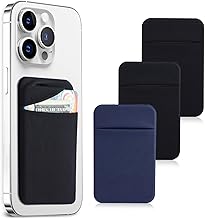

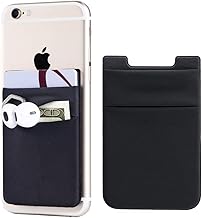

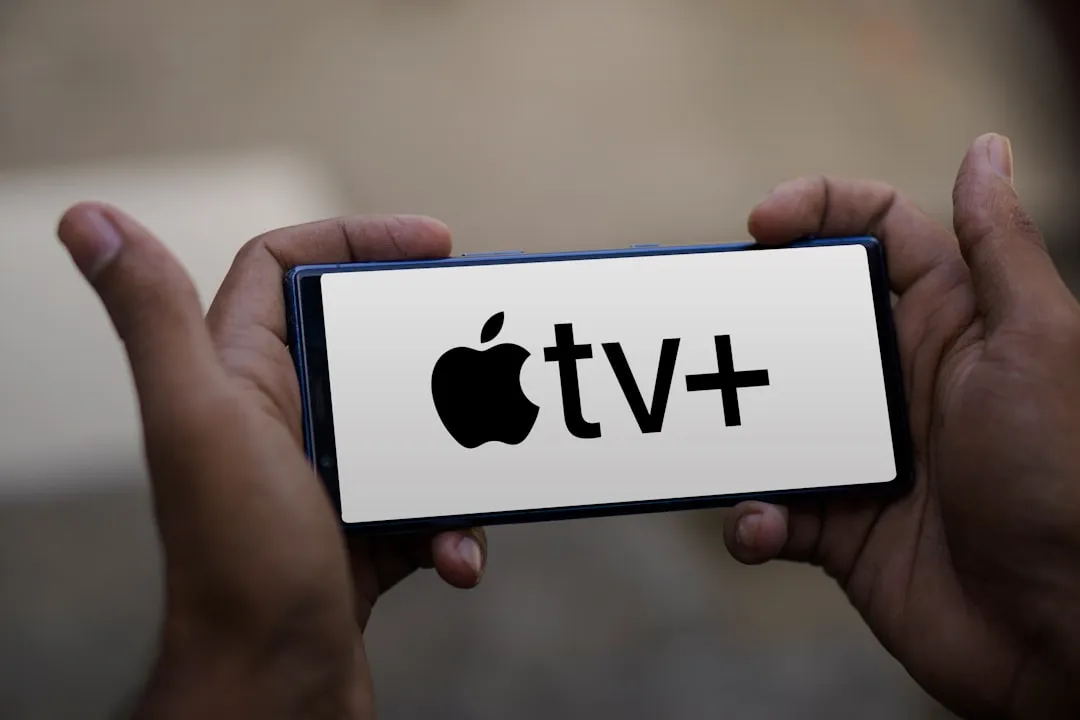
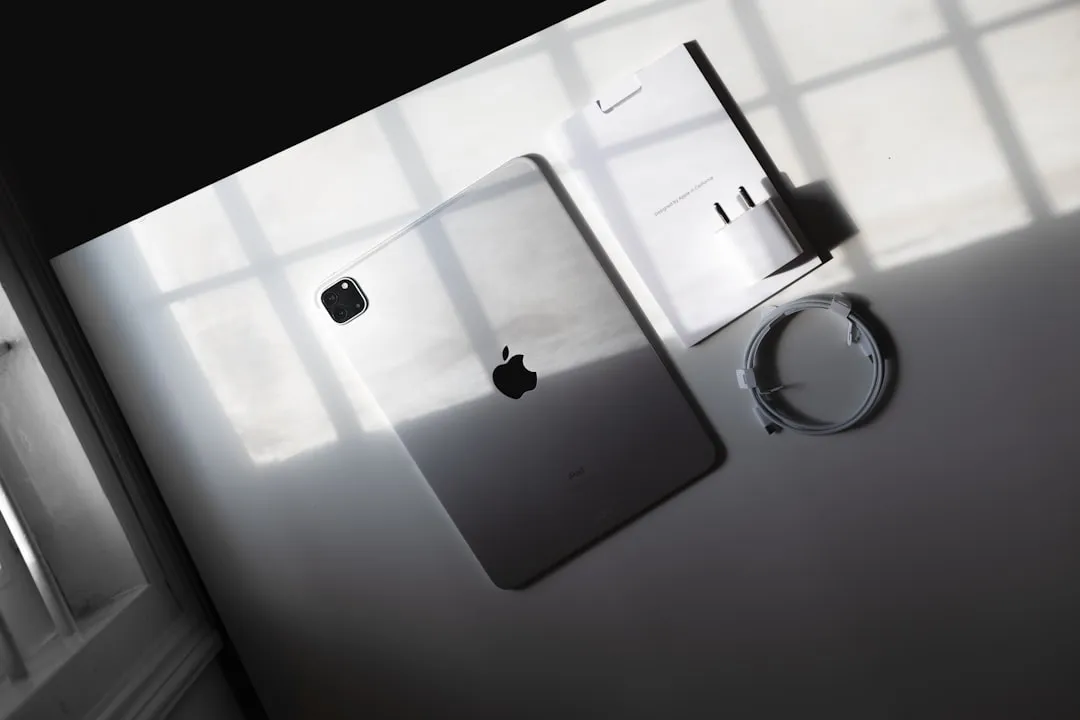

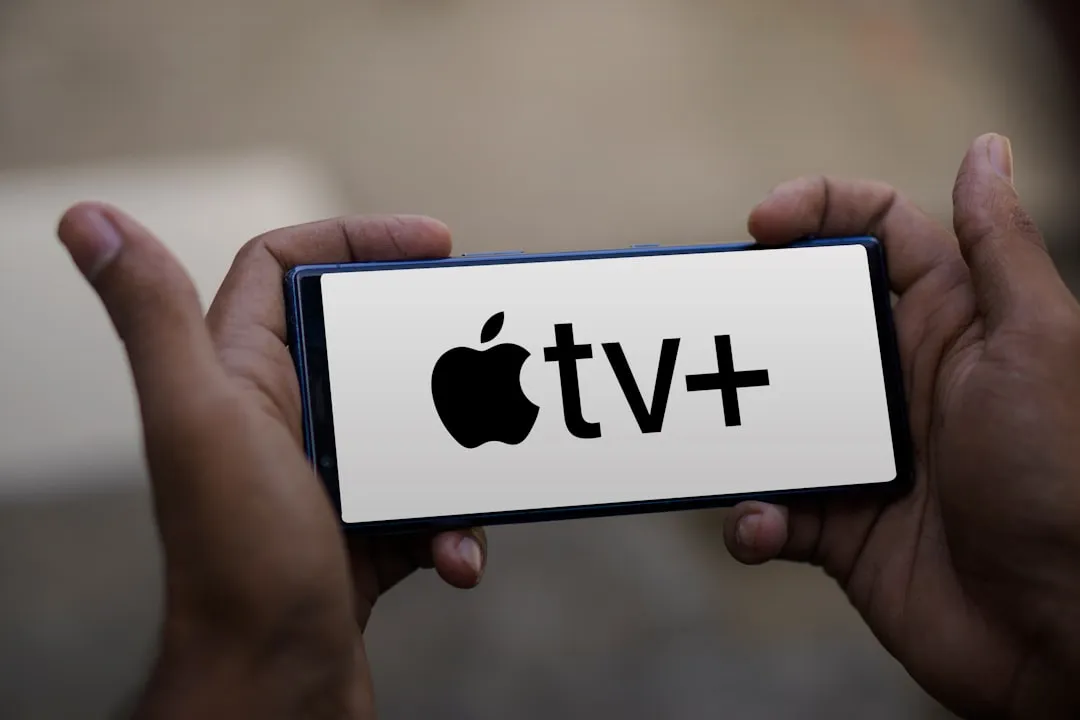
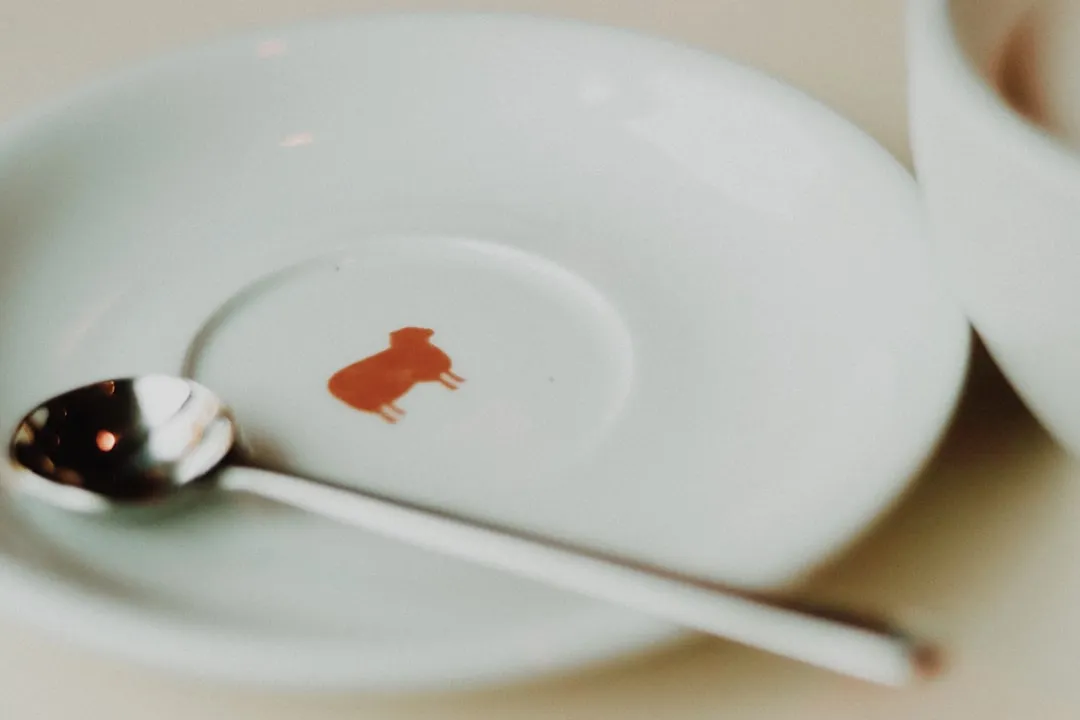
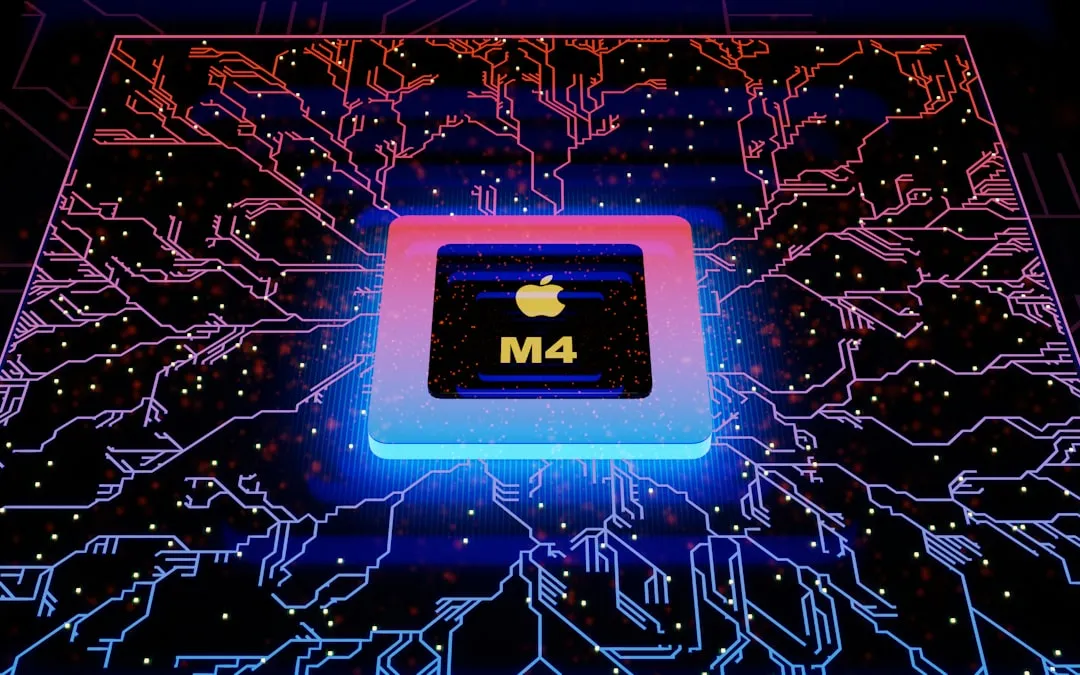
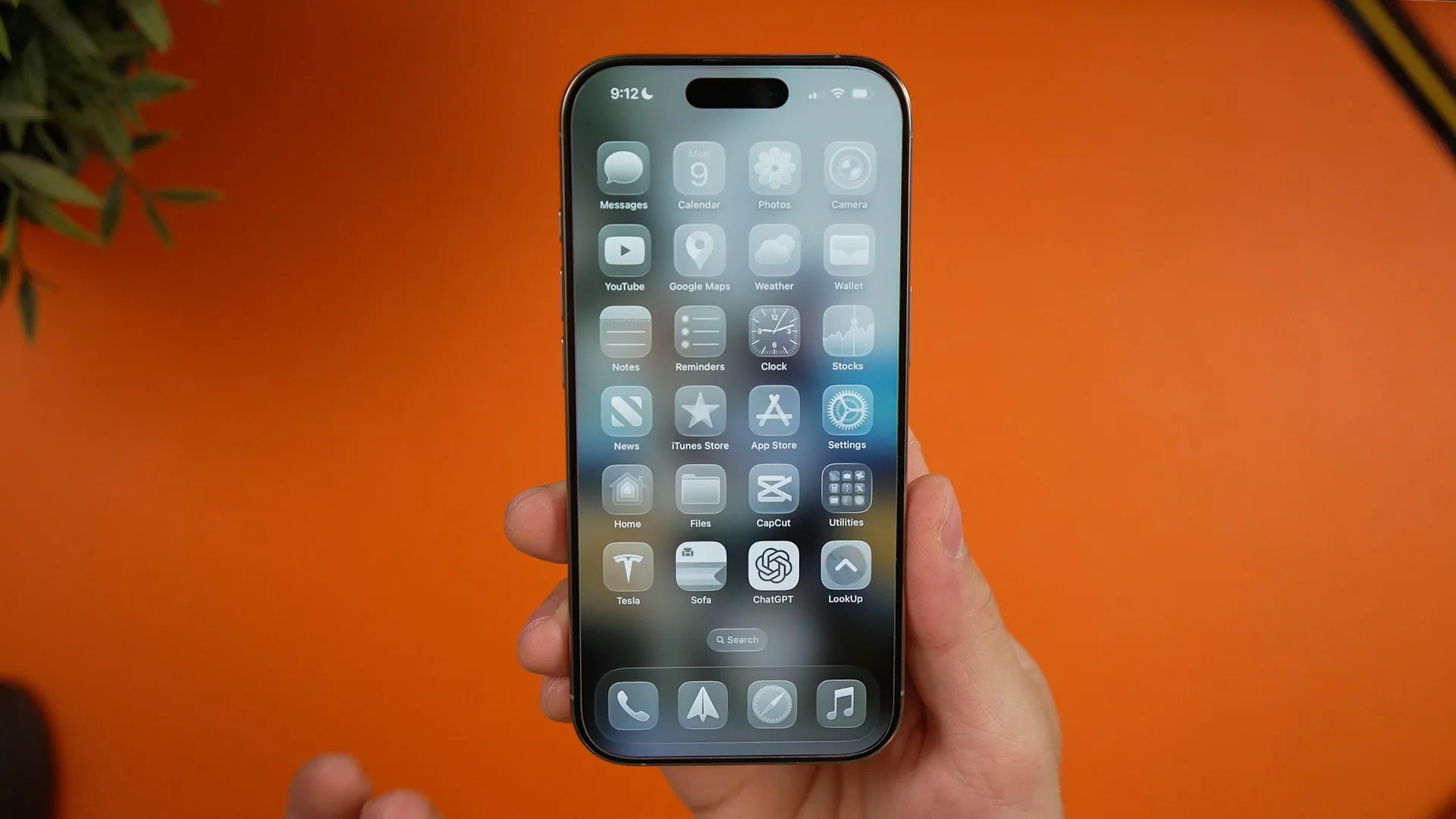

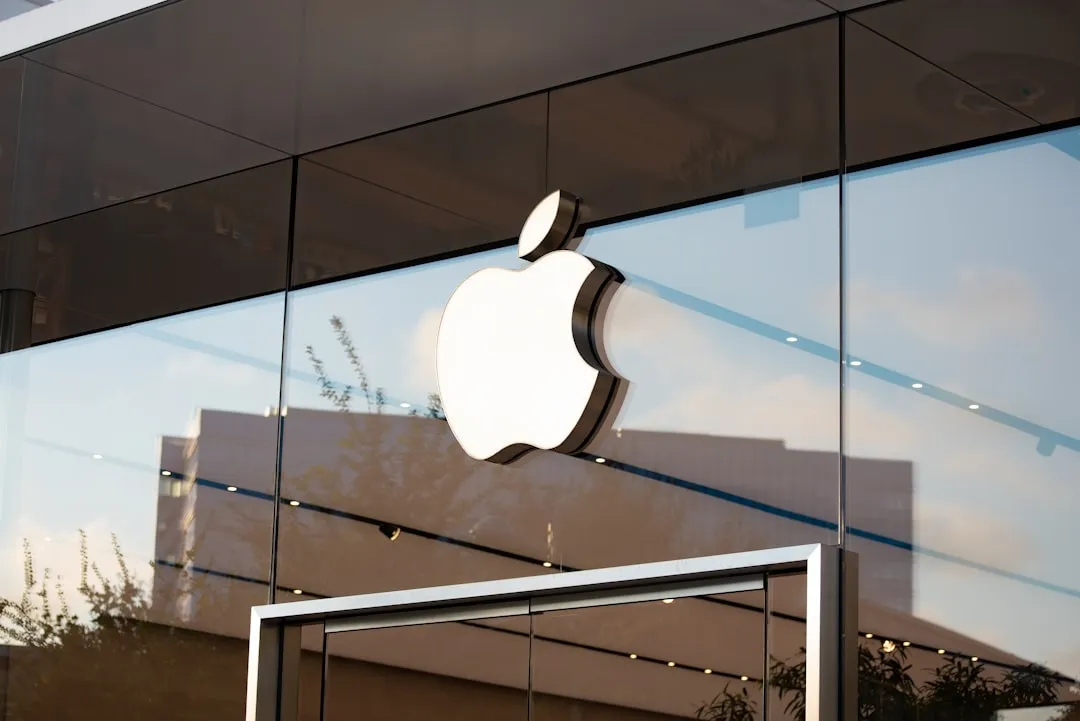



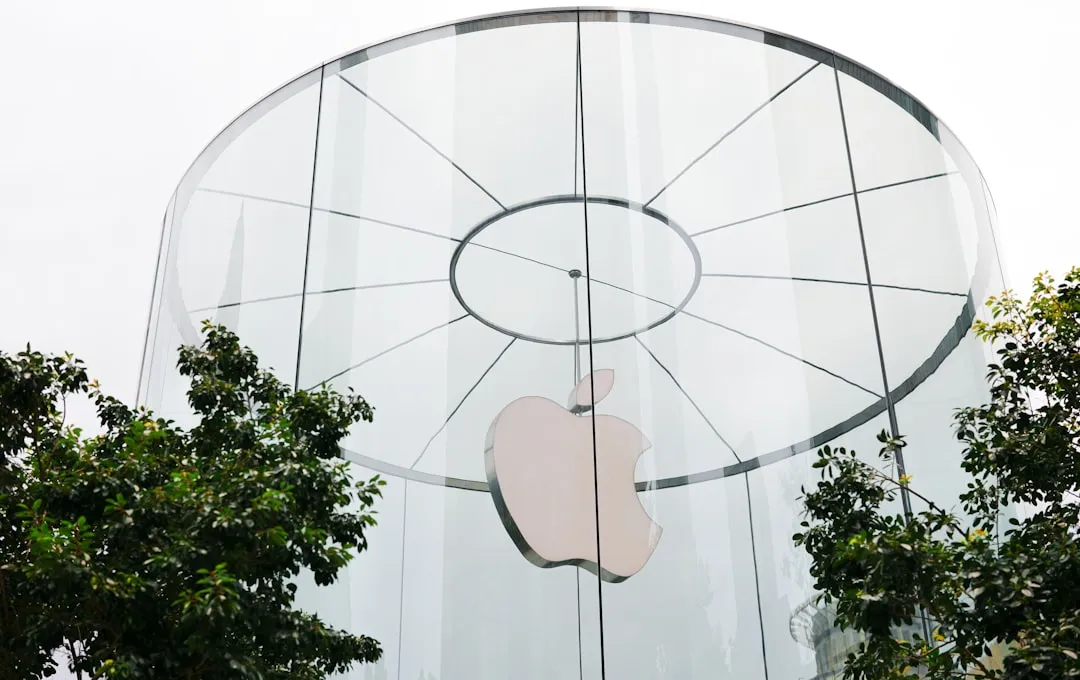




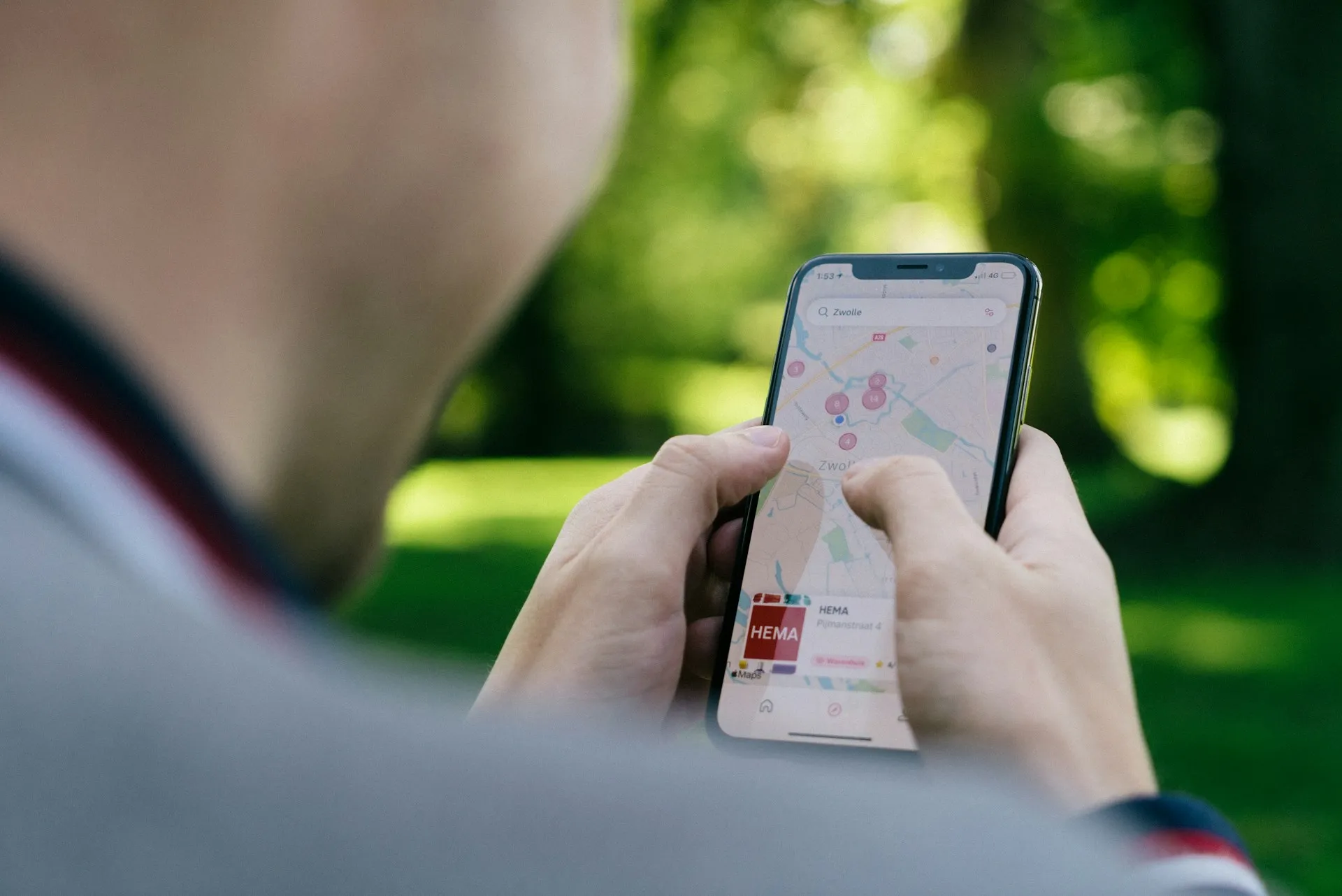

Comments
Be the first, drop a comment!